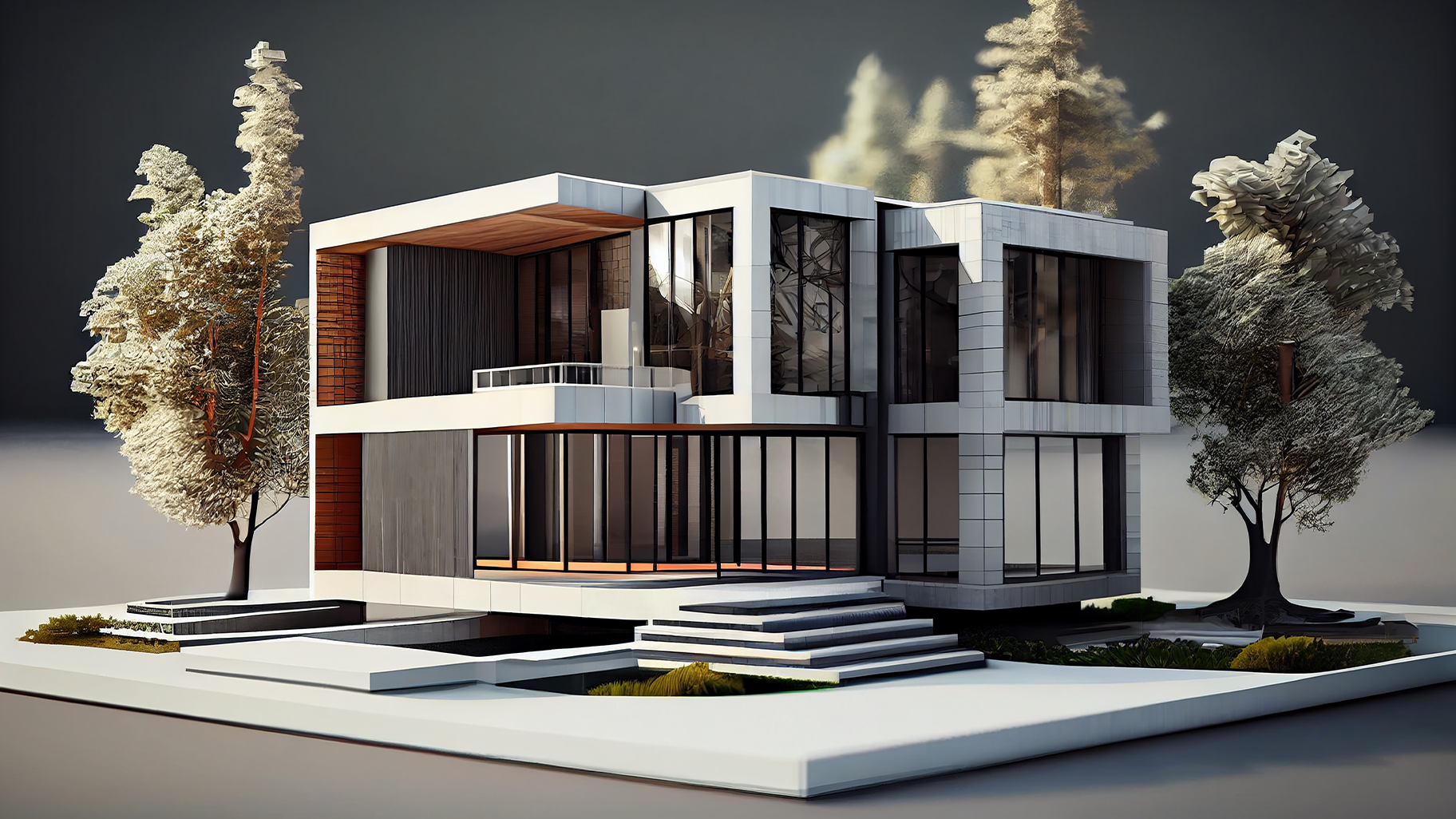Revolutionizing Project Success with 3D Visualization

Revolutionizing Project Success with 3D Visualization
In the domains of architecture, urban development, interior design, and product innovation, effective communication of ideas stands as a crucial element. Traditional methods of conveying designs through 2D sketches or verbal descriptions often fall short in fully capturing the essence and potential of a project. This is where 3D visualization emerges as a potent tool, fundamentally altering the way projects are conceptualized, communicated, and executed. This article delves into the profound impact of 3D visualization and its role in shaping superior projects.
Animating Concepts: One of the most notable benefits of 3D visualization lies in its capacity to animate abstract ideas and concepts. Through the creation of realistic, three-dimensional representations of spaces, structures, or products, designers can effectively transmit their vision to clients, stakeholders, and collaborators. Unlike static 2D drawings, 3D visualizations offer an immersive, dynamic experience, enabling viewers to envision the final result with heightened clarity and accuracy.
Streamlined Communication and Collaboration: Effective communication serves as the cornerstone of successful project realization. 3D visualization facilitates seamless communication among designers, clients, and other stakeholders by providing a shared visual language that transcends barriers of technical expertise or interpretation. Whether presenting design concepts, discussing alterations, or seeking approval, stakeholders can readily grasp proposed ideas and offer valuable feedback, fostering informed decision-making and smoother collaboration across the project spectrum.
Iterative Design and Swift Prototyping: In the iterative process of refining designs, 3D visualization proves invaluable. Designers can swiftly generate multiple iterations of a concept, exploring various options and variations with ease. This iterative approach fosters informed decision-making as designers can visualize the repercussions of each design choice in real-time. Additionally, 3D visualization facilitates rapid prototyping, enabling designers to create physical or virtual prototypes for testing and validation, thereby reducing the time and cost associated with traditional prototyping methods.
Optimizing Spatial Layout and Functionality: Whether conceptualizing a building, an interior environment, or a product, 3D visualization empowers designers to optimize spatial layout and functionality with precision. By visualizing how different elements interact within a space or product, designers can identify potential design flaws, inefficiencies, or optimization opportunities early in the design phase. This proactive approach ensures that the final product not only meets functional requirements but also enhances user experience and satisfaction.
Facilitating Informed Decision-Making: In intricate projects, decisions often carry far-reaching consequences affecting cost, schedule, and quality. 3D visualization equips decision-makers with insights and information necessary for informed choices throughout the project lifecycle. Whether evaluating design alternatives, assessing feasibility, or conducting virtual walkthroughs, decision-makers can rely on 3D visualizations to anticipate challenges, mitigate risks, and optimize outcomes.
Crafting Compelling Presentations and Marketing Materials: Beyond its practical applications in design and planning, 3D visualization serves as a potent marketing tool. High-quality renderings, animations, and virtual tours enable designers to showcase their work in visually captivating ways, captivating the interest of clients and stakeholders. Whether pitching a project to potential investors, marketing a property to prospective buyers, or presenting a product to consumers, 3D visualization aids in crafting compelling presentations that resonate with the audience and drive engagement.
In conclusion, 3D visualization stands as a transformative force in design and planning, empowering designers, architects, and developers to realize their vision with unparalleled clarity, efficiency, and precision. By bridging the divide between concept and reality, 3D visualization not only enhances the design process but also enables superior decision-making, collaboration, and communication throughout the project lifecycle. As technology continues to evolve, the significance of 3D visualization will only grow, shaping a future where imagination knows no bounds.